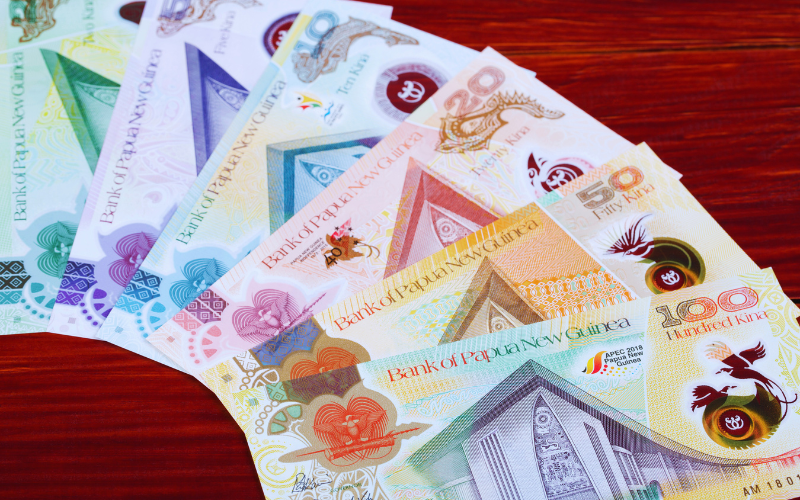Burkina Faso turf holds an essential place in the country’s ecological and economic framework. Its resilient nature supports diverse applications, from sports fields to sustainable land management. This turf thrives in the region’s unique climate, offering a durable solution for agriculture, landscaping, and recreation. It reflects the innovation and adaptability of Burkina Faso in leveraging natural resources effectively.
What is Burkina Faso Turf?
Characteristics of Burkina Faso Turf
Burkina Faso turf is known for its hardiness and versatility.
- It thrives in semi-arid conditions, requiring minimal water.
- Its dense growth makes it resistant to wear and tear.
Why is it Unique?
This turf stands out due to its adaptability and ecological benefits.
- It prevents soil erosion and supports biodiversity.
- Its natural resilience reduces maintenance costs significantly.
Note: Burkina Faso turf is a symbol of sustainability and local ingenuity.
How is Burkina Faso Turf Used in Sports?
Enhancing Football Fields
Burkina Faso turf is a popular choice for football fields in the region.
- Its durability ensures consistent play even under heavy use.
- The natural cushioning minimizes injuries for players.
Supporting Local Competitions
Many community and regional tournaments rely on this turf.
- It provides a cost-effective solution for creating quality sports fields.
- The turf’s longevity supports frequent use without extensive maintenance.
Reminder: Using local turf reduces costs and promotes regional pride in sports infrastructure.
What Role Does Burkina Faso Turf Play in Agriculture?
Soil Protection and Fertility
This turf protects agricultural lands by stabilizing soil.
- It reduces the risk of erosion during heavy rains.
- The roots improve soil fertility by preventing nutrient loss.
Water Efficiency in Farming
Burkina Faso turf thrives with limited water resources.
- It helps farmers conserve water in arid and semi-arid areas.
- Its drought resistance makes it an ideal choice for sustainable farming.
Note: Integrating turf into agriculture enhances productivity and resilience to climate change.
Table: Benefits of Burkina Faso Turf Across Sectors
| Sector | Benefits | Key Outcomes |
|---|---|---|
| Sports Fields | Durable, low-maintenance | Enhanced player safety |
| Agriculture | Soil stabilization, water conservation | Improved crop yields |
| Landscaping | Aesthetic appeal, eco-friendly | Sustainable urban development |
Why is Burkina Faso Turf Important for Sustainability?
Environmental Benefits
The turf contributes significantly to ecological balance.
- It acts as a natural carbon sink, reducing greenhouse gases.
- Its widespread use supports local biodiversity.
Role in Urban Planning
Urban areas in Burkina Faso benefit from turf landscaping.
- It reduces urban heat islands by lowering surface temperatures.
- Turf integration in cities promotes cleaner air and better aesthetics.
Reminder: Promoting turf in urban and rural areas aligns with global sustainability goals.
How Does Burkina Faso Turf Impact the Local Economy?
Creating Employment Opportunities
Turf farming and maintenance generate local jobs.
- Farmers grow and supply turf to regional and national markets.
- Landscaping projects create employment for skilled and unskilled workers.
Supporting Sports and Tourism
Well-maintained turf attracts sports events and visitors.
- Hosting tournaments boosts local tourism and revenue.
- It enhances the infrastructure of stadiums and recreational facilities.
Note: Investing in turf-related industries drives economic growth and community development.
What Challenges Affect Burkina Faso Turf?
Climate Change and Water Scarcity
Rising temperatures and erratic rainfall impact turf growth.
- Adaptation to changing weather conditions is essential.
- Using drought-resistant turf varieties can mitigate these challenges.
Limited Resources and Knowledge
Access to modern tools and expertise remains limited.
- Training programs for farmers and landscapers can improve outcomes.
- Government and private investments are needed for infrastructure.
Reminder: Overcoming challenges requires collaboration between stakeholders.
How Can Burkina Faso Turf Be Improved?
Incorporating Technology
Modern tools can enhance turf quality and production.
- Precision irrigation systems optimize water use.
- Drones and sensors monitor turf health for efficient management.
Expanding Research and Development
Local research institutes can develop better turf varieties.
- Focus on drought resistance and faster growth rates is crucial.
- Partnerships with international organizations can provide technical support.
Note: Innovation and research are key to unlocking the full potential of Burkina Faso turf.
Conclusion
Burkina Faso turf is more than just grass; it is a vital resource that supports sports, agriculture, and sustainable development. By understanding its uses and benefits, the nation can continue to leverage this natural asset for economic growth and environmental resilience. Challenges remain, but with innovation and collaboration, the future of Burkina Faso turf is bright and promising.
FAQs
1. What makes Burkina Faso turf unique?
Its resilience to semi-arid conditions and multifunctionality make it stand out as a versatile and sustainable resource.
2. How does Burkina Faso turf benefit agriculture?
It prevents soil erosion, conserves water, and enhances soil fertility, supporting sustainable farming practices.
3. Can Burkina Faso turf be used in urban areas?
Yes, it is commonly used in urban landscaping to reduce heat, improve air quality, and enhance aesthetics.
4. What are the main challenges facing Burkina Faso turf?
Climate change, water scarcity, and limited access to modern resources are significant challenges.
5. How can Burkina Faso turf contribute to the local economy?
It creates jobs in farming, sports field maintenance, and landscaping while boosting tourism through improved infrastructure.
